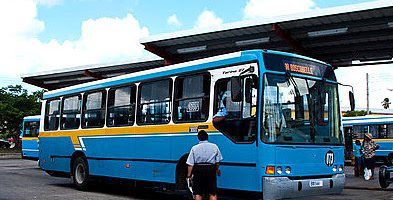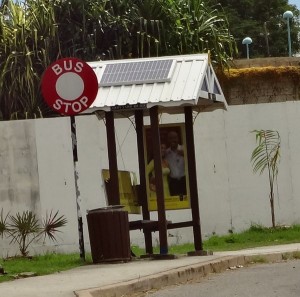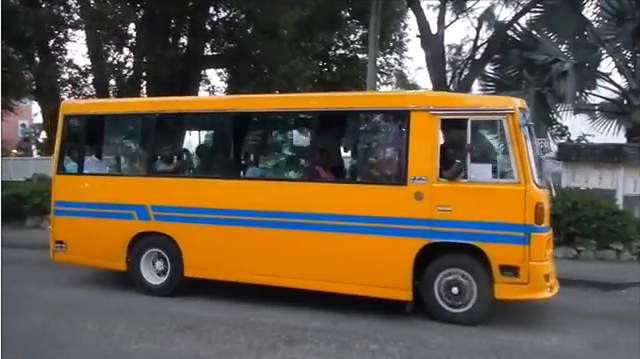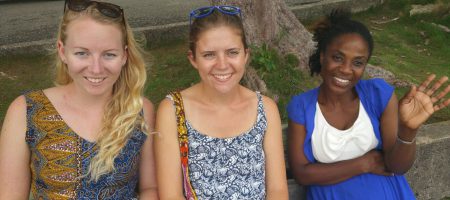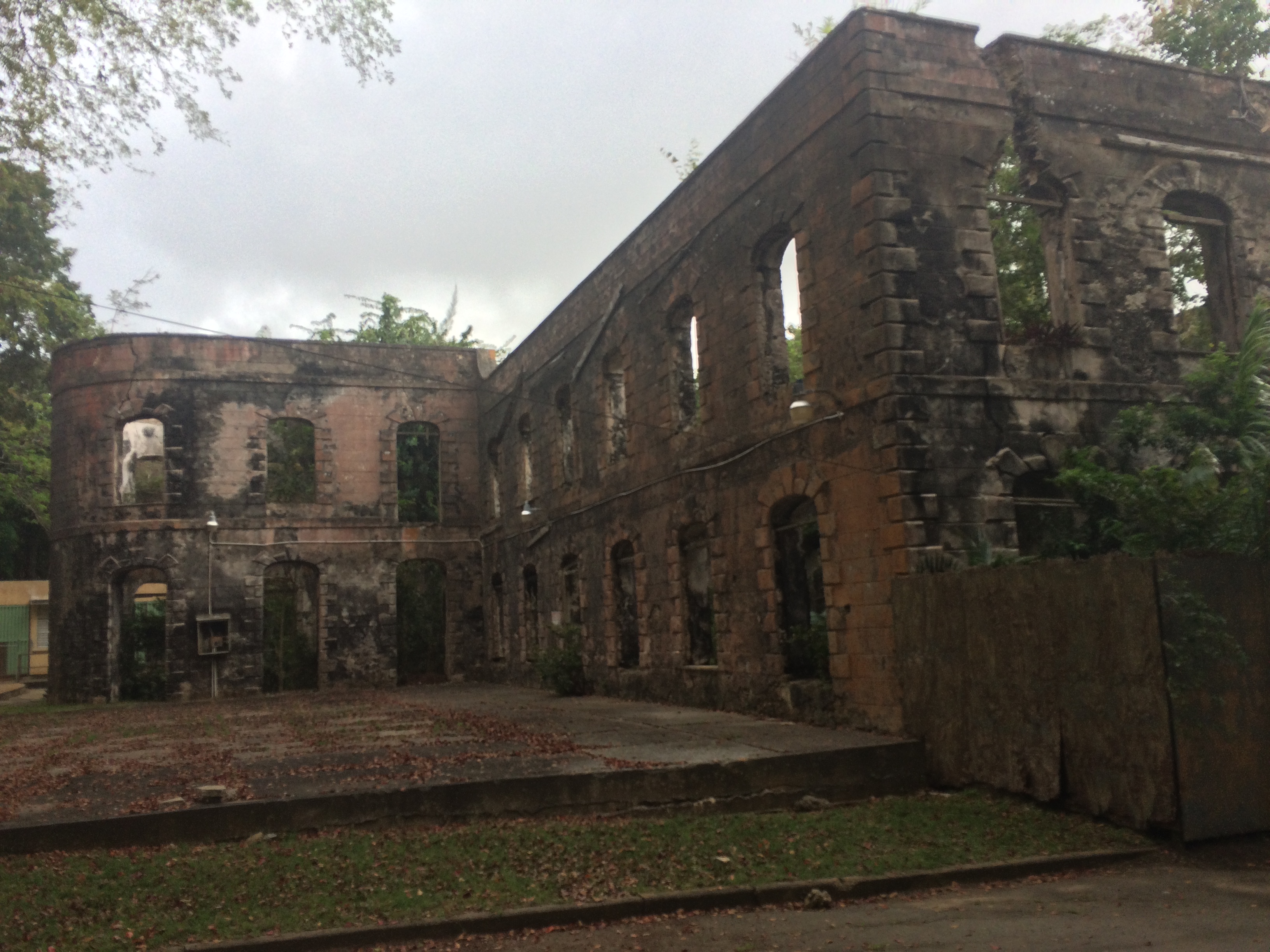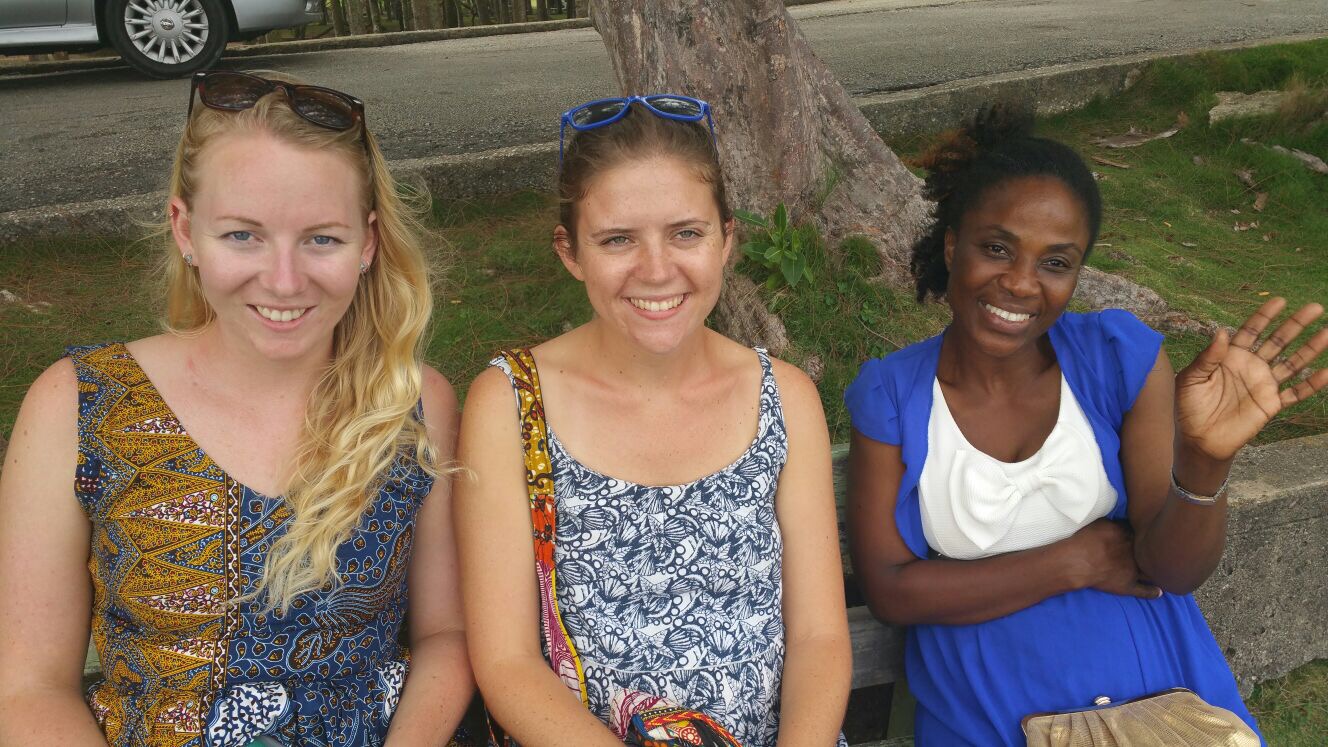Barbados | Registration and Cruises at UWI
By ANGELA HOWARD
Class registration at University of West Indies Cave Hill (UWI) was by far the easiest college registration experience of my life. At my junior college, everyone within a certain number of units could register at the same time (at 6AM no less!) on the same day which always made the system crash. At UCLA, students would cross their fingers that they had a good “first pass,” and sometimes that could determine someone’s entire quarter schedule depending on how impacted their classes were. At the University of Ghana (UG), the classes were not posted online. The students had to walk to each department, hope that the classes were posted on a bulletin board (some were not posted until after the first week of instruction had begun), hope the times did not conflict with other departments, and finally register in each individual department, as well as through the UCEAP study center. But not at UWI. UWI was easy. We went through the online schedule of classes (which was not available until five days before instruction began), chose classes that sounded interesting to us, and emailed the international students advisor with the course numbers. We did not have to wait for an enrollment time or walk to each individual department. We did not have to “cross our fingers” that the classes would still be available (I was even able to enroll in a class that was already over capacity). Plain and simple.
If your major falls under the “B.A. category” (or North Campus, as UCLA students say), you need to get prior approval to take classes in the College of Science and Technology. However, if you’re dead set on taking classes in that college, have no fear! As a North Campus major, I had no problem enrolling in three computer science courses and a math course for this semester. On that note, if you have always been interested in programming courses but never had time to enroll in them at UCLA, I would strongly recommend taking them here. The department is very welcoming to international students, and because UWI is on the semester system rather than the quarter system, the classes go a much a slower pace which really gives students the time to have the new material sink in.
But enough about registration. Let’s talk about the first week of classes. Courses at UWI are a lot more like UCLA (or “U.S.” teaching) than I had expected them to be. I think I expected them to be different because of my UCEAP experience in Ghana. In Ghana it was rare for my professors to use PowerPoint (due to the electricity being unreliable), professors would not show up to class until 45 minutes after the designated start time, and assignments would be extremely vague. At UWI, all my professors use PowerPoint, my lectures generally start right on time, and so far, all the assignments have been clear and manageable. After being on the quarter system at UCLA for so long, it’s refreshing to have a slower pace of class instruction.
The UWI campus is lovely. The best part about it is that I can walk across it in ten minutes. Sometimes at UCLA I could not even get from Powell Library to the Public Affairs Building (about .5 miles) in ten minutes. I am also pleasantly surprised with the food on campus. Recently I found a hidden smoothie shop very close to the gym, so sometimes after I work out I get a delicious protein shake. The shake costs $7 Bajan (or $3.5 U.S.) which is still cheaper than a smoothie at Juice Shack or Jamba Juice so I am happy with the price. There are also many traditional Ghanaian things on the UWI campus, that I never would have known where Ghanaian if I had not previously lived there. For example, on the entrance to the student’s affairs building there is the adinkra symbol meaning “with faith all things are possible.” Adinkra symbols were created by the Ashanti tribe (native to central Ghana, near Kumasi). They represent concepts and aphorisms and are frequently used in pottery and fabric.
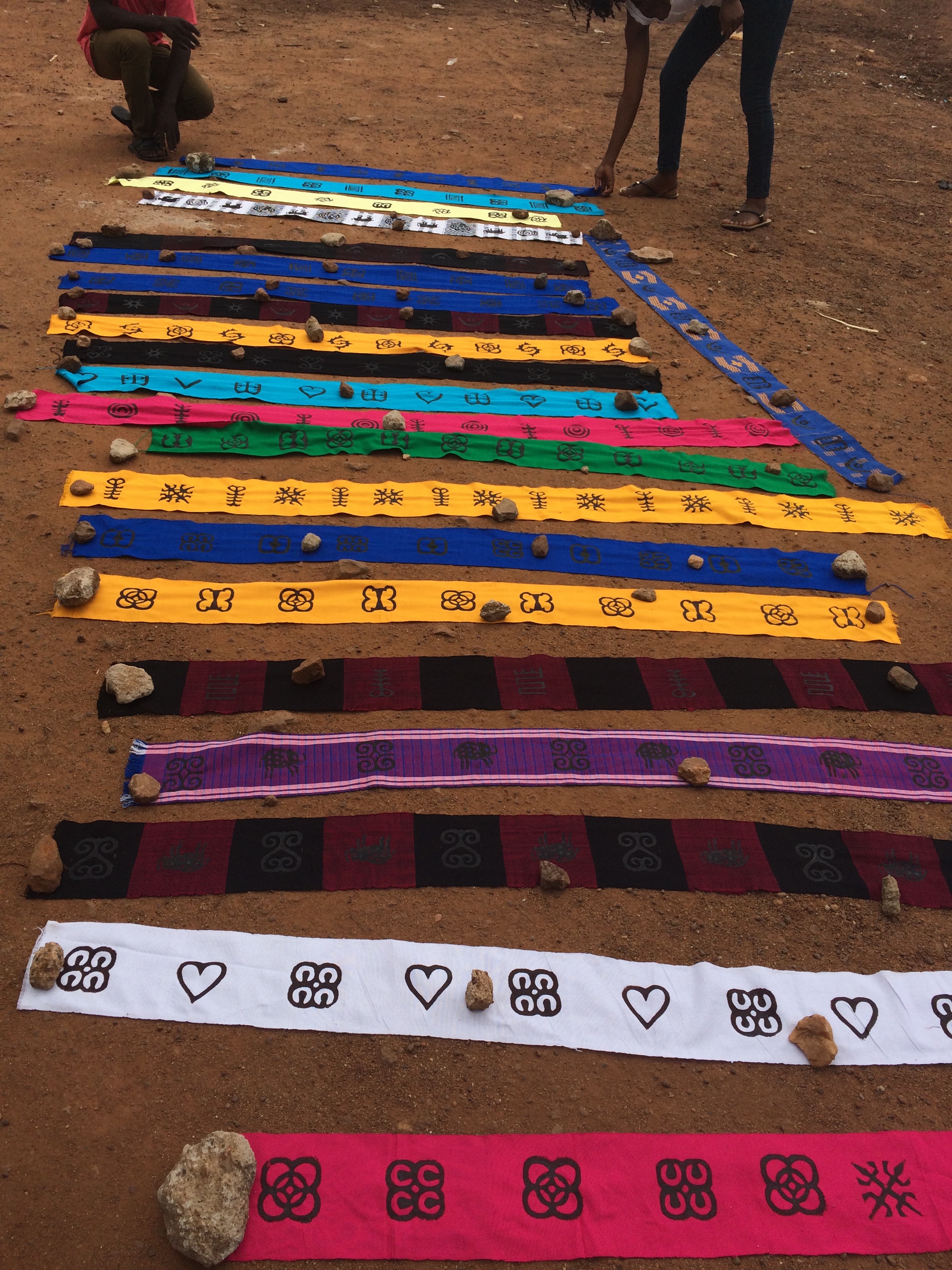
Adinkra cloth made by UCEAP students in Ghana in Fall 2016

Gye Nyame” symbol on the student affair’s buiding at UWI
On the weekends (as well as during the week) there is always something happening! A company called Island Roots puts on events every weekend that are usually geared toward 18-24 year olds, though sometimes they attract an older crowd too. The events range in price from free to $140 Bajan ($70 U.S.) and are almost always cheaper if you buy your tickets in advance (such as from a R.A. in a residence hall or online), OR if you’re female. Sorry boys, the female cover charge here is almost always at least $10 Bajan cheaper than the boys cover, and ladies often get in free to events before a certain time.
Last weekend to celebrate the end of the first week of school, a large group of international students decided to go on an Island Roots sponsored cruise together. Like most things in Barbados, it was not punctual at all. According to the flyer, boarding started at 11 AM and we were to be setting sail at noon sharp. Naturally that meant we did not leave the dock until 1:30 P.M. But overall it was a lovely experience to sail around the western side of the island while simultaneously having a dance party with music so loud that it practically rocked the boat itself.


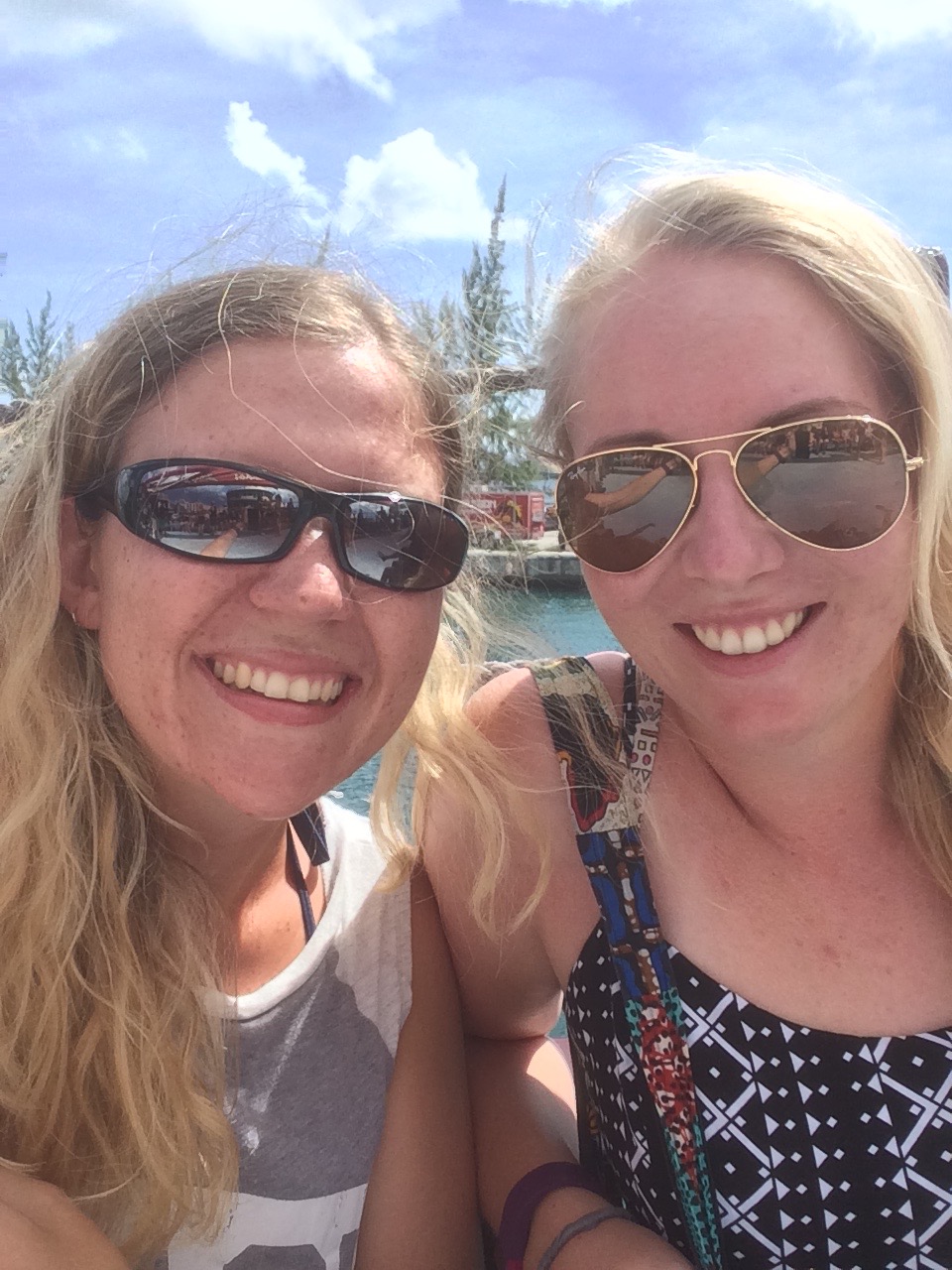
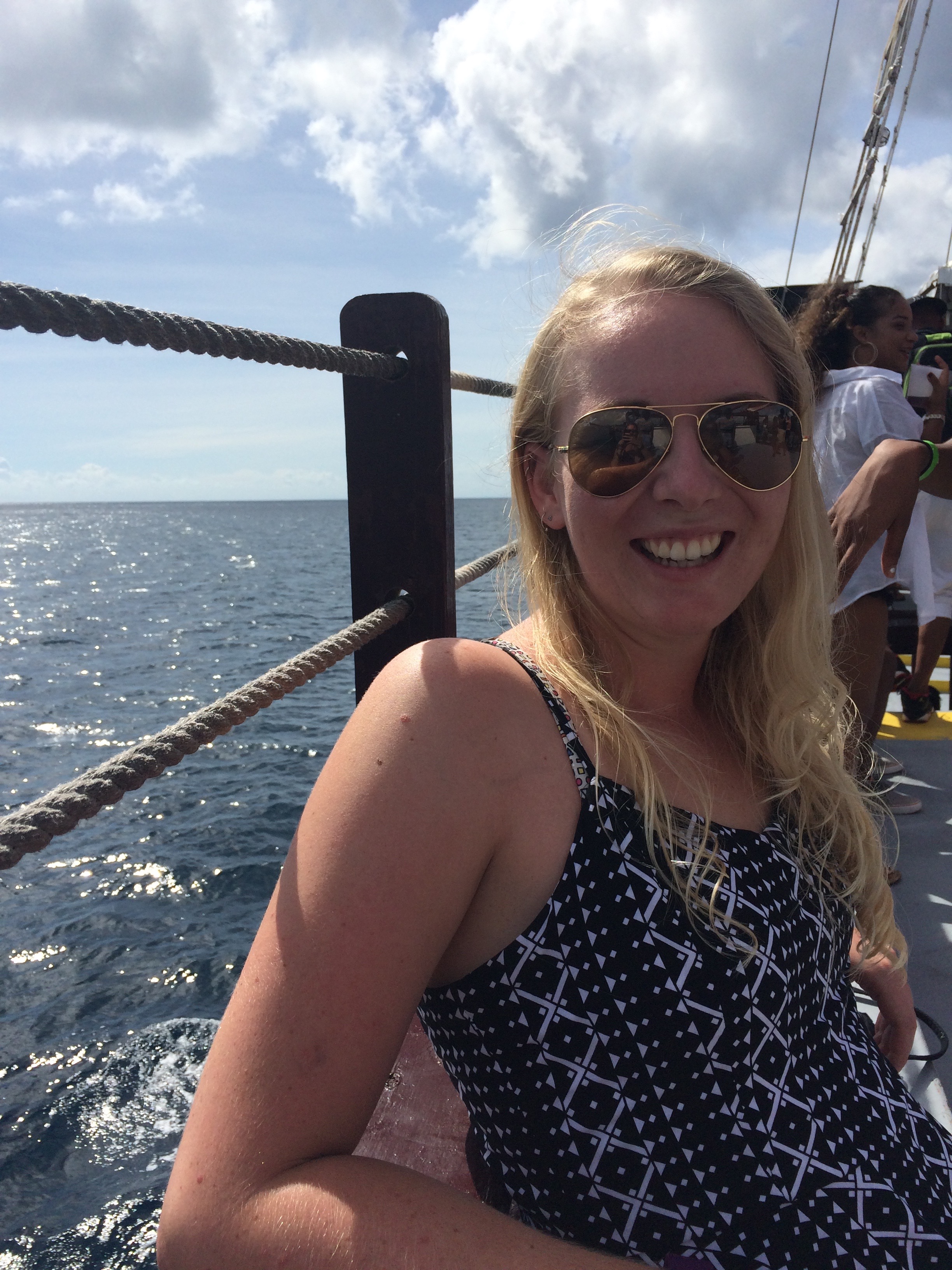
Last but certainly not least, Sunday is SUPER BOWL SUNDAY! Seeing as football is my favorite sport, I am very excited to announce that I have plans to go to a Super Bowl party on the beach. Food and drinks are included in the cover charge (and yes, it is cheaper because I’m female!) and I am quite excited to watch the Atlanta Falcons kick the New England Patriots’ butts! In 2012 when the New York Giants beat the Patriots I was living in Germany, so I will take it as a positive omen that when I’m living abroad the Pats will simply always lose the Super Bowl. (If you hadn’t noticed, the Patriots are my least favorite team in the NFL)I’m just grateful that the Super Bowl starts at 7:30 PM in my current time zone, and not midnight like it did in Germany! Go Falcons!
Angela Howard studied abroad in Cave Hill, Barbados, in Spring 2017: http://eap.ucop.edu/OurPrograms/barbados/Pages/univ_west_indies.aspx


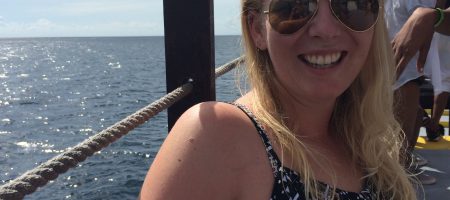
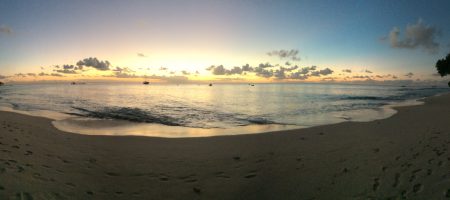


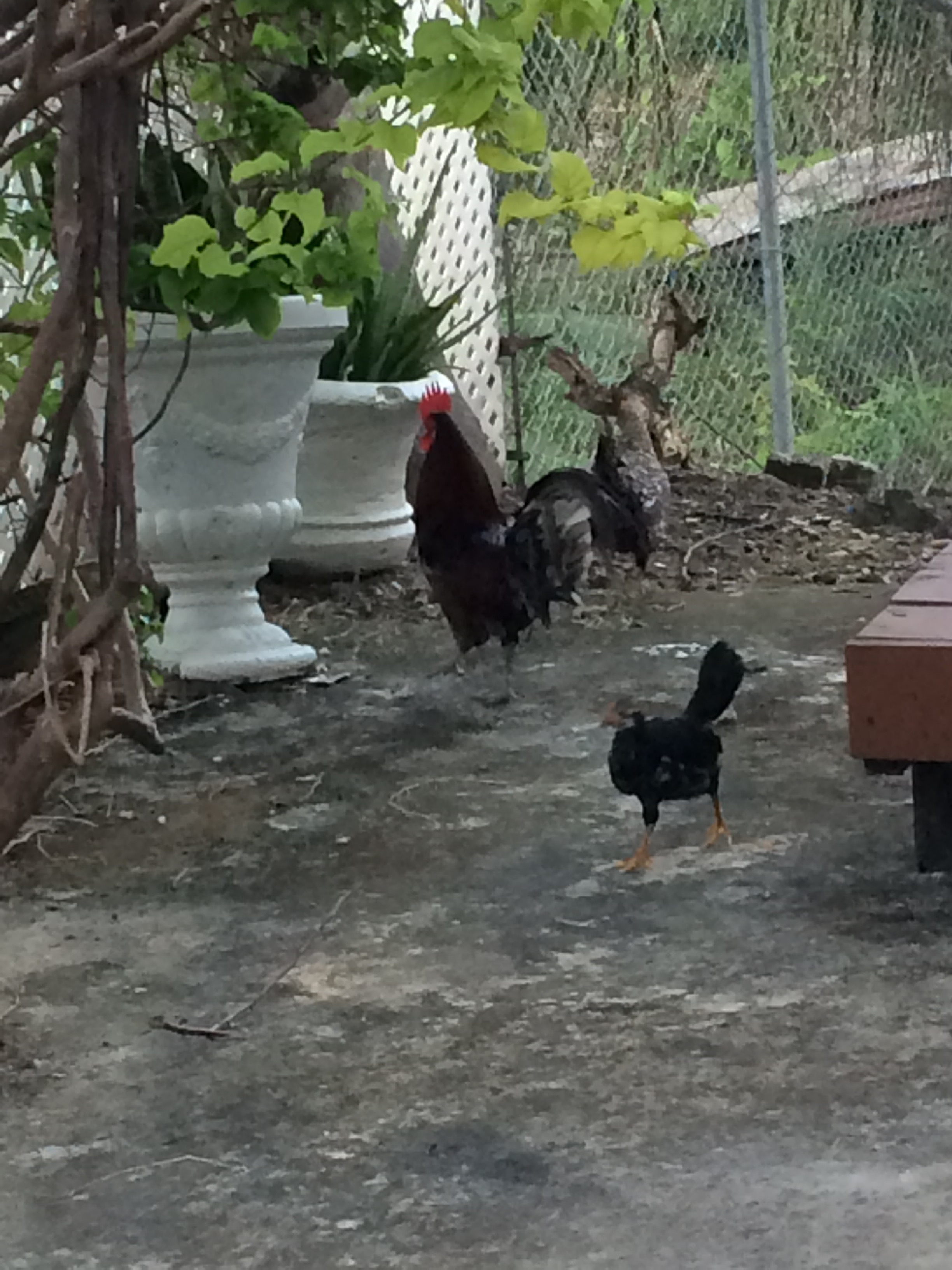






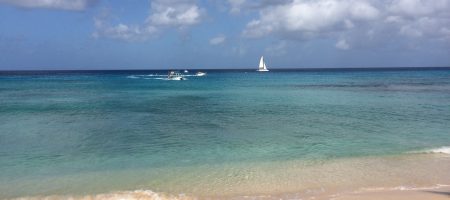
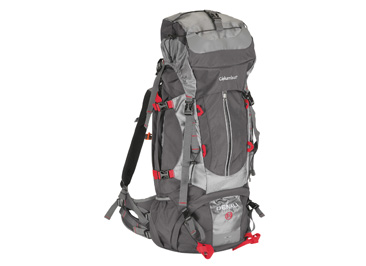
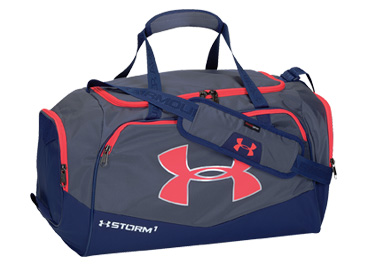

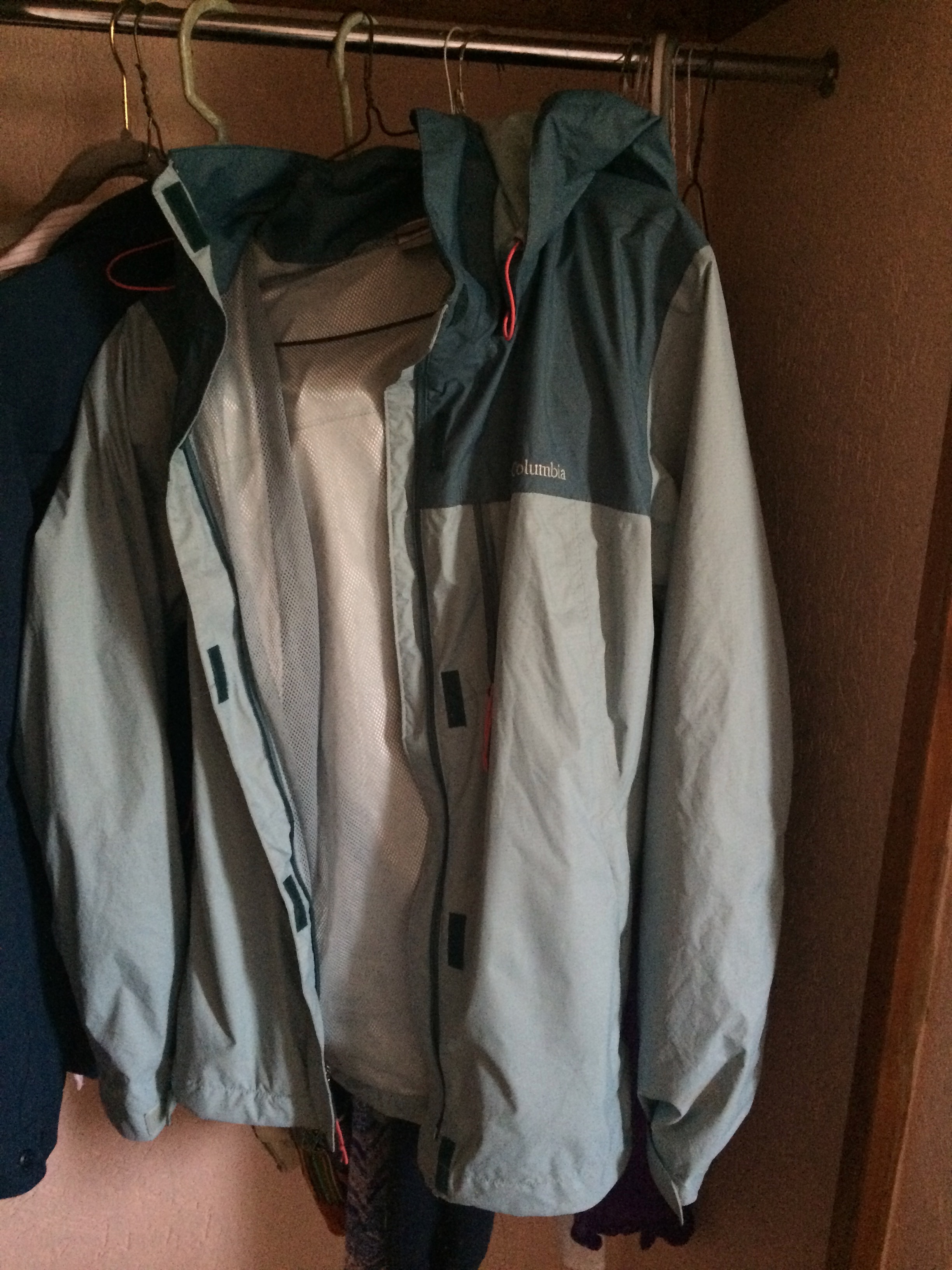 imes I even wear my bathing suit under my clothes and head down straight after class! I brought a one piece that I purchased in South Africa, and a two piece from Old Navy. Because I have very
imes I even wear my bathing suit under my clothes and head down straight after class! I brought a one piece that I purchased in South Africa, and a two piece from Old Navy. Because I have very
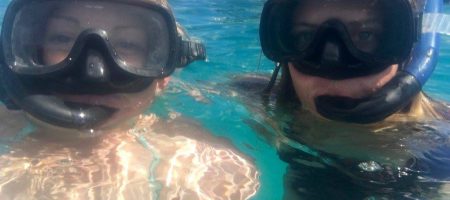

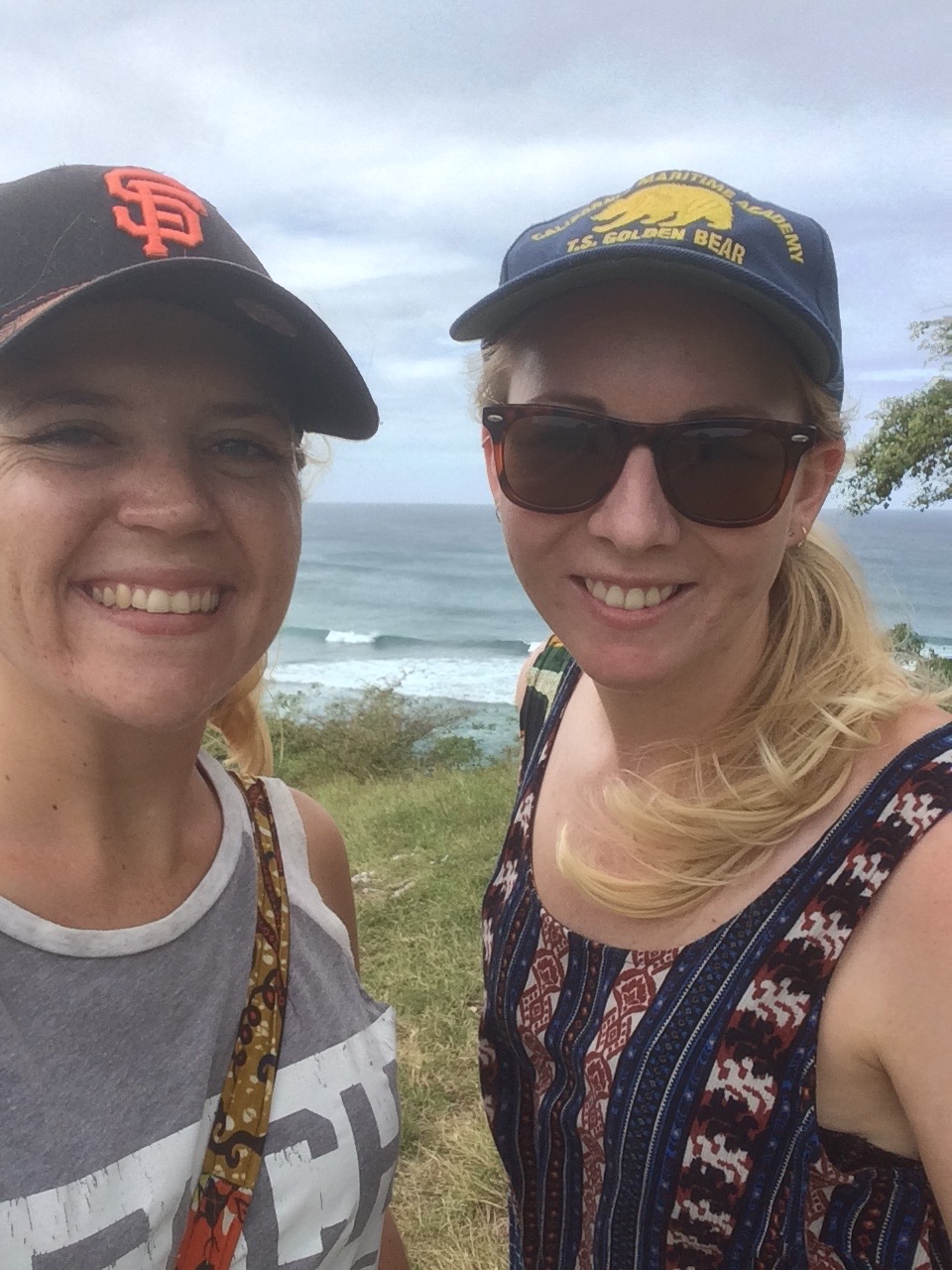

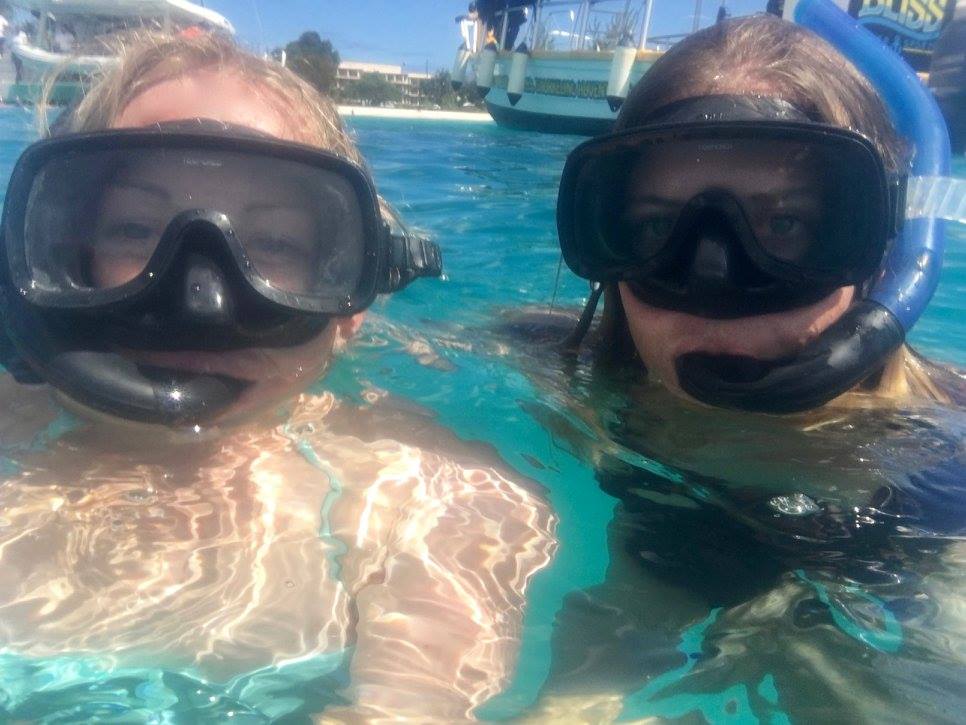 Don’t forget to watch UCLA in the upcoming weeks! UCLA basketball is currently RANKED THIRD IN THE COUNTRY! With March Madness right aroundthe corner, this is particularly exciting! (For those of you that do not know, March Madness is a huge NCAA college basketball tournament that runs for the last two weeks of March every year.) This year, I have been teaching some of my Bajan friends about basketball, in exchange for them teaching me the rules of cricket, and we have all agreed to watch and support UCLA in the tournament. I wear UCLA affiliated clothing most days, simply because it’s what my limited wardrobe consists of, but I wish I had larger sizes to distribute for everyone to wear. As long as they don’t wear red, we should all be in the clear! GO BRUINS!
Don’t forget to watch UCLA in the upcoming weeks! UCLA basketball is currently RANKED THIRD IN THE COUNTRY! With March Madness right aroundthe corner, this is particularly exciting! (For those of you that do not know, March Madness is a huge NCAA college basketball tournament that runs for the last two weeks of March every year.) This year, I have been teaching some of my Bajan friends about basketball, in exchange for them teaching me the rules of cricket, and we have all agreed to watch and support UCLA in the tournament. I wear UCLA affiliated clothing most days, simply because it’s what my limited wardrobe consists of, but I wish I had larger sizes to distribute for everyone to wear. As long as they don’t wear red, we should all be in the clear! GO BRUINS!